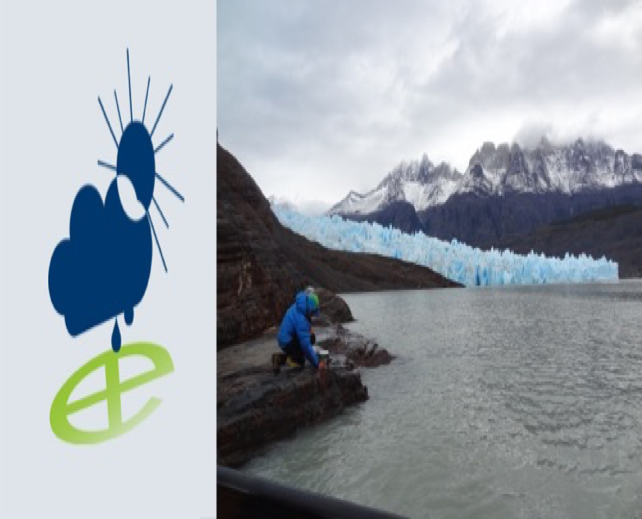Glacial lake outburst floods in the Halji regon, Nepal (HALJI)

Mean annual mass balance and temperature profile of Halji glacier derived from a preliminary COSIPY run
forced by HAR 10 km data for the period from October 2009 to September 2014 on a coarse 30 m resolution
digital elevation model resulting in a mean annual glacier mass balance of -0.85 m w.e.
The Hindu Kush Himalaya (KHK) region in general, and Nepal in particular, are largely affected by glacial lake outburst floods (GLOFs). Many studies argue that the occurrence of GLOFs is, at least partly, linked to climate change and subsequent glacier retreat. The Halji village in north-western Nepal has been severely affected by six GLOFs since 2004. Based on previous studies and ongoing meteorological measurements by an automatic weather station on the Halji glacier from where the GLOFs have been released, the project addresses three research questions: (1) Which topographic, atmospheric, cryospheric and hydrospheric preconditions and processes are leading to GLOFs on the Halji Glacier? (2) What determines temporal variability of GLOF occurrence in the Halji region? (3) How is GLOF occurrence in the Halji region linked to climate change in the KHK region? The three research questions shall be answered by new long-term data on atmospheric forcing and subsequent modelling of cryospheric and hydrospheric processes to obtain a better understanding of GLOF hazards and their spatial and temporal patterns. The project is structured in nine working packages in which a field campaign to the Halji glacier shall serve to maintain and extend the measurements and field observations on GLOF-related physical quantities. The field data are required for remote-sensing data analyses and provide crucial input and validation data for numerical model simulations on atmospheric conditions, glacier mass balance and meltwater routing, and on snowdrift. The project shall test the hypothesis that snowdrift plays a major role for GLOF occurrence in the Halji region because of its potential for redistribution of ice masses, such that blocking of runoff at the glacier’s lower end could be sustained over long time.
Team
- Anselm Arndt, M.Sc (Humboldt-Universität zu Berlin)
- Prof. Dr. Christoph Schneider (Humboldt-Universität zu Berlin)
- Prof. Dr. Tobias Sauter (Humboldt-Universität zu Berlin)
Duration
The project duration covers 2 years: January 2021 - December 2022
Funding
The project is funded by Deutsche Forschungsgemeinschaft (DFG)
Project parnter
- Prof. Dr. Dieter Scherer, Technische Universität Berlin, Department of Ecology, Chair of Climatology
